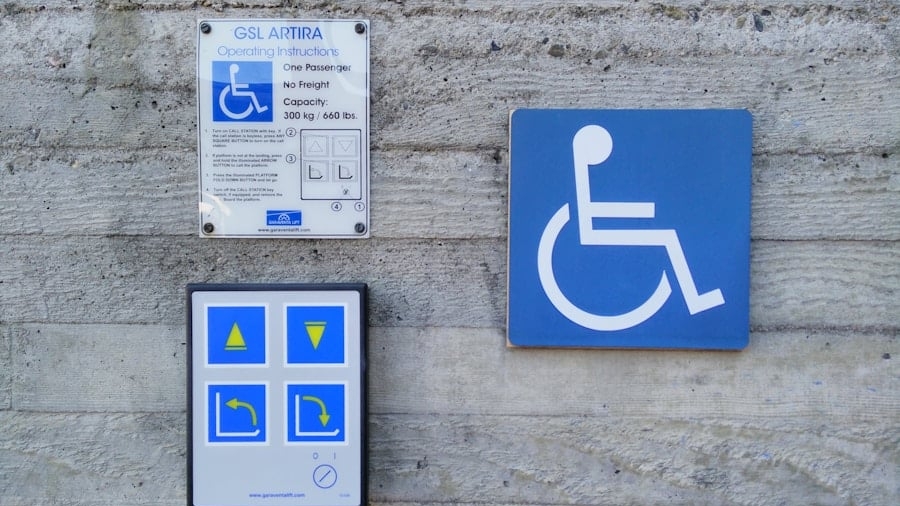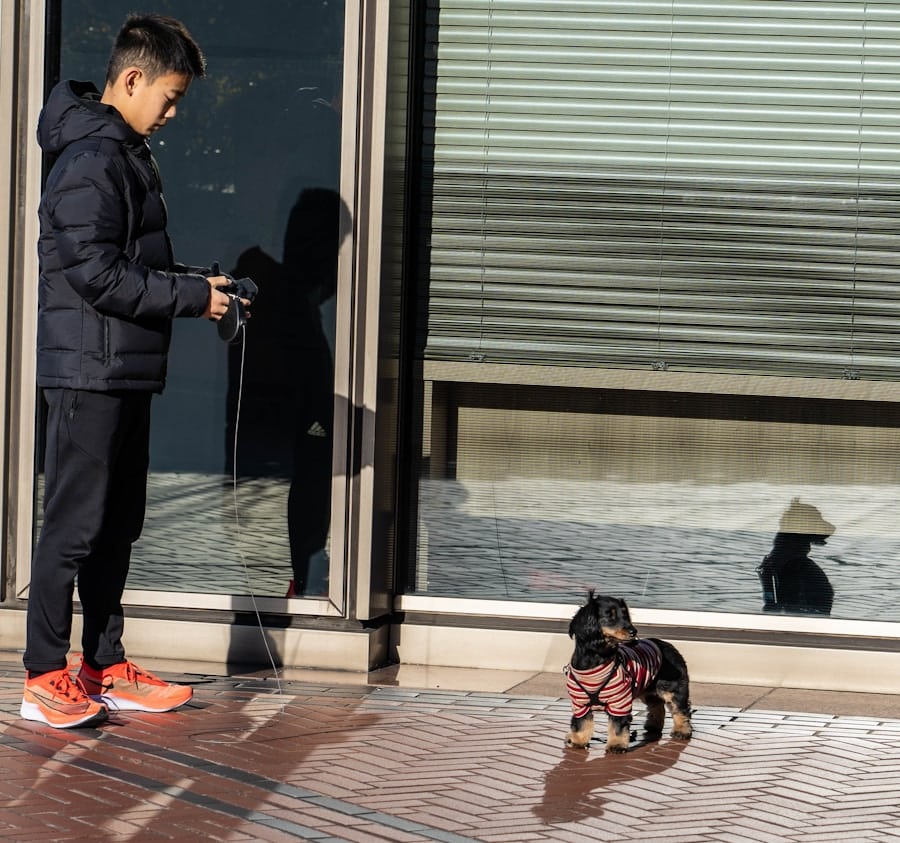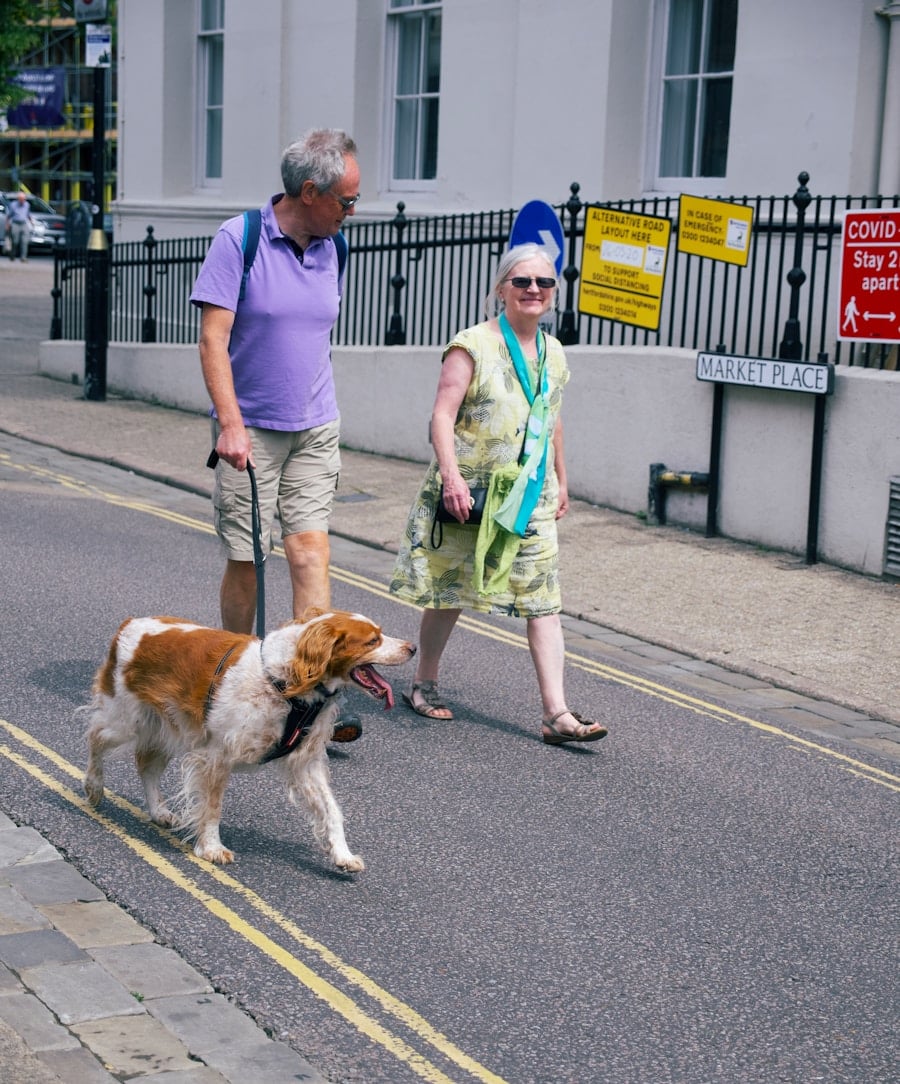Augmented Reality (AR) technology has emerged as a transformative force across various sectors, blending the digital and physical worlds to enhance user experiences. By overlaying digital information onto the real environment, AR creates a composite view that can provide context, information, and interactivity in ways that were previously unimaginable. This technology utilizes devices such as smartphones, tablets, and specialized AR glasses to deliver immersive experiences that can be tailored to individual needs.
The potential applications of AR are vast, ranging from gaming and entertainment to education and healthcare, but one of the most promising areas is its ability to assist individuals with disabilities, particularly those who are visually impaired. The integration of AR into assistive technologies represents a significant leap forward in accessibility. For visually impaired individuals, navigating public spaces can be fraught with challenges, from identifying obstacles to understanding their surroundings.
AR technology offers innovative solutions that can enhance spatial awareness and provide real-time information about the environment. By harnessing the power of AR, developers are creating tools that not only improve mobility but also empower visually impaired users to engage more fully with the world around them. This article delves into the challenges faced by visually impaired individuals in public spaces and explores how AR technology is being utilized to address these issues.
Key Takeaways
- AR technology overlays digital information onto the real world, enhancing the user’s perception of their environment.
- Visually impaired individuals face challenges in navigating public spaces, identifying objects, and accessing information.
- AR technology is being used to assist visually impaired users through object recognition, text-to-speech conversion, and audio cues for navigation.
- Navigation and wayfinding features of AR for visually impaired users include real-time directions, obstacle detection, and location-based information.
- Real-life examples of AR applications for visually impaired individuals include Microsoft’s Seeing AI, Aira, and Blippar, which provide object recognition and navigation assistance.
Challenges faced by visually impaired individuals in public spaces
Navigating public spaces poses unique challenges for visually impaired individuals, who often rely on a combination of tactile cues, auditory signals, and memory to orient themselves. One of the most significant obstacles is the lack of accessible information about the environment. For instance, street signs, building entrances, and public transport systems are often designed without considering the needs of those with visual impairments.
This can lead to confusion and disorientation, making it difficult for individuals to travel independently and safely. Moreover, the physical layout of urban environments can present additional barriers. Uneven sidewalks, unexpected obstacles, and poorly designed public transport systems can create hazards that are difficult for visually impaired individuals to navigate.
The reliance on a white cane or guide dog, while effective in many situations, does not always provide sufficient information about the surrounding environment. As a result, many visually impaired individuals may feel hesitant or anxious when venturing into unfamiliar public spaces, limiting their independence and social interactions.
How AR technology is being used to assist visually impaired users
AR technology is being harnessed in innovative ways to assist visually impaired users by providing real-time information about their surroundings. One of the key applications involves the use of smartphone apps that utilize the device’s camera to identify objects and obstacles in the environment. These apps can analyze visual data and convert it into auditory descriptions or haptic feedback, allowing users to gain a better understanding of their surroundings without relying solely on their sense of touch or hearing.
For example, some AR applications can recognize landmarks, street signs, and even other people in the vicinity. By providing audio cues or vibrations through wearable devices, these applications help users navigate complex environments with greater confidence. Additionally, AR can facilitate social interactions by identifying friends or acquaintances in crowded spaces, enhancing the overall experience for visually impaired individuals.
Navigation and wayfinding features of AR for visually impaired users
The navigation capabilities of AR technology are particularly noteworthy for visually impaired users. Advanced AR applications can offer turn-by-turn navigation assistance that is specifically designed for those with visual impairments. By combining GPS data with real-time environmental analysis, these applications can provide detailed instructions on how to navigate from one location to another while highlighting potential obstacles along the way.
For instance, an AR navigation app might inform a user when they are approaching a curb or an intersection, providing auditory alerts that indicate when it is safe to cross the street.
This level of personalization enhances the user experience and empowers visually impaired individuals to make informed decisions about their travel routes.
Furthermore, AR technology can also facilitate indoor navigation in complex environments such as shopping malls or airports. By utilizing beacons or other location-based technologies, AR applications can guide users through intricate layouts, providing step-by-step directions and alerts about nearby amenities such as restrooms or information desks. This capability significantly reduces anxiety associated with navigating unfamiliar indoor spaces and promotes greater independence for visually impaired individuals.
Real-life examples of AR applications for visually impaired individuals
Several real-life examples illustrate how AR technology is being effectively utilized to assist visually impaired individuals in navigating public spaces. One notable application is Microsoft’s Seeing AI, which leverages computer vision and AR to provide auditory descriptions of the user’s environment. The app can recognize text, identify products in stores, and even describe people’s facial expressions.
By simply pointing their smartphone camera at an object or scene, users receive immediate feedback that enhances their understanding of their surroundings. Another example is Aira, a service that connects visually impaired users with trained agents through a smartphone app or smart glasses. When a user encounters a challenging situation—such as navigating a busy street or finding a specific store—they can activate Aira to receive real-time assistance from an agent who can see through the user’s camera feed.
The agent provides verbal guidance and information about the environment, enabling users to navigate confidently and independently. Additionally, Wayfindr is an open standard for audio-based navigation that aims to improve wayfinding for visually impaired individuals in public transport systems. By using beacons placed throughout transit stations and vehicles, Wayfindr provides audio instructions that guide users through complex transit environments.
This initiative has been implemented in various cities worldwide, demonstrating the potential for AR technology to enhance accessibility in public transportation.
Benefits of using AR technology for navigation in public spaces
The benefits of using AR technology for navigation in public spaces extend beyond mere convenience; they fundamentally enhance the quality of life for visually impaired individuals. One significant advantage is increased independence. With reliable navigation tools at their disposal, visually impaired users can travel more confidently without relying on others for assistance.
This newfound autonomy fosters a sense of empowerment and encourages individuals to explore their communities more freely. Moreover, AR technology promotes safety by providing real-time information about potential hazards in the environment. By alerting users to obstacles or changes in terrain, AR applications help prevent accidents and injuries that may arise from navigating unfamiliar spaces.
This proactive approach to safety not only enhances user confidence but also contributes to a more inclusive society where visually impaired individuals can participate fully in everyday activities. Additionally, the social implications of using AR technology for navigation are profound. As visually impaired individuals gain greater independence and confidence in navigating public spaces, they are more likely to engage in social interactions and community activities.
This increased participation can lead to stronger social networks and improved mental well-being, as individuals feel more connected to their surroundings and less isolated from society.
Future developments and potential improvements for AR assistance
The future of AR technology for assisting visually impaired individuals holds immense promise as advancements continue to emerge at a rapid pace. One area ripe for development is the integration of artificial intelligence (AI) with AR applications. By leveraging AI algorithms that can learn from user behavior and preferences, future applications could offer even more personalized navigation experiences tailored to individual needs.
Moreover, improvements in hardware technology will likely enhance the effectiveness of AR solutions for visually impaired users. For instance, advancements in smart glasses could lead to lighter, more comfortable designs with improved battery life and processing power. These enhancements would enable users to access real-time information seamlessly without the need for handheld devices.
Collaboration between tech companies, advocacy groups, and urban planners will also play a crucial role in shaping the future landscape of AR assistance for visually impaired individuals. By working together to create inclusive designs and standards for public spaces, stakeholders can ensure that AR technology is effectively integrated into urban environments. This collaborative approach will help create a more accessible world where everyone can navigate public spaces with confidence.
the impact of AR on the lives of visually impaired individuals
The impact of augmented reality on the lives of visually impaired individuals is profound and far-reaching. By addressing the unique challenges faced by this community in navigating public spaces, AR technology has opened up new avenues for independence and empowerment. As developers continue to innovate and refine these tools, the potential for enhancing accessibility will only grow stronger.
Through real-time navigation assistance, obstacle detection, and personalized experiences, AR technology is transforming how visually impaired individuals interact with their environments. The benefits extend beyond mere convenience; they foster social inclusion and promote a sense of belonging within communities. As we look toward the future, it is clear that augmented reality will play an increasingly vital role in shaping a more accessible world for all individuals, regardless of their visual abilities.
A related article to “How AR Is Assisting Visually Impaired Users Navigate Public Spaces” is “How to Choose a Laptop for Video Editing.” This article discusses the importance of selecting the right laptop for video editing tasks, considering factors such as processing power, graphics capabilities, and storage capacity. To learn more about choosing the best laptop for video editing, you can visit this link.
FAQs
What is AR?
AR stands for Augmented Reality, which is a technology that superimposes digital information such as images, videos, or 3D models onto the real world.
How is AR assisting visually impaired users?
AR is assisting visually impaired users by providing them with audio cues, haptic feedback, and real-time navigation information to help them navigate public spaces more independently.
What kind of devices are used for AR assistance for visually impaired users?
Devices such as smartphones, smart glasses, and wearable devices are used to deliver AR assistance to visually impaired users.
What are the benefits of using AR for visually impaired users?
The benefits of using AR for visually impaired users include increased independence, improved navigation, and enhanced spatial awareness in public spaces.
Are there any challenges in using AR for visually impaired users?
Challenges in using AR for visually impaired users include the need for accurate mapping data, potential technical issues with the devices, and the cost of the technology.



